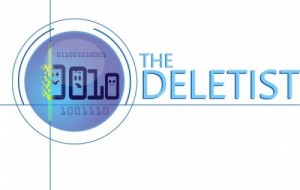I purchased my first digital camera in 2005. At the time a friend of mine advised me to splurge on a 1GB memory card for $90. Now, I could buy a 64GB memory card for the same amount.
The low cost of digital storage, coupled with the easiness of creating content, has changed the dynamic of how we interact with our photos. As I have mentioned in previous posts on the topic, when I was growing up my parents used to limit the amount of film on our vacations. I suppose the main reason was the cost, but maybe they just didn’t want large quantities of my crappy pictures taking up space in the “photo drawer.” This definitely impacted my experiences in the following ways:
- I was more careful about when I would take a picture and choosing my subjects.
- I spent less time taking photos.
- I was cognizant of the cost and the effort involved.
- Organizing was prioritized because the photos took up physical space.
The availability of cheap storage and readily accessible picture-taking devices makes it easy to amass large volumes of images. And it’s fun! I love being able to take as many pictures as I want of anything. But I have discovered that going through them later is sometimes less fun, mostly because there is so much content and that somehow detracts from the meaning. I often feel overwhelmed about how to manage and organize everything. Finding a starting point can be challenging.
The maintenance of digital photos takes a huge amount of time. I’m guessing that most people would rather spend the time creating more content, than going through images to weed out the bad ones or organize them. Sometimes it can be difficult to decide what’s important, or what’s going to be important, and that can also be a deterrent for getting started. And it’s also not necessary to get rid of things because the space is available.
Here are my quick rules for digital photo management:
- Put everything in a folder, or tag it with details (event, location, people, etc.) immediately. Editing and purging can be done later, but I tend to forget critical details if I don’t label things right away.
- Make rules about what you want to keep. Cheap digital storage affords us the luxury of being able to save everything, but sometimes I don’t enjoy spending the time to scroll through 50 photos of a sunset when 2 or 3 images will suffice, especially when bad ones get mixed in. Not every photo is a winner. I aim for quality over quantity.
- Select a small amount of photos to organize and purge, something that can be accomplished in 10-15 minutes.
Happy organizing!








